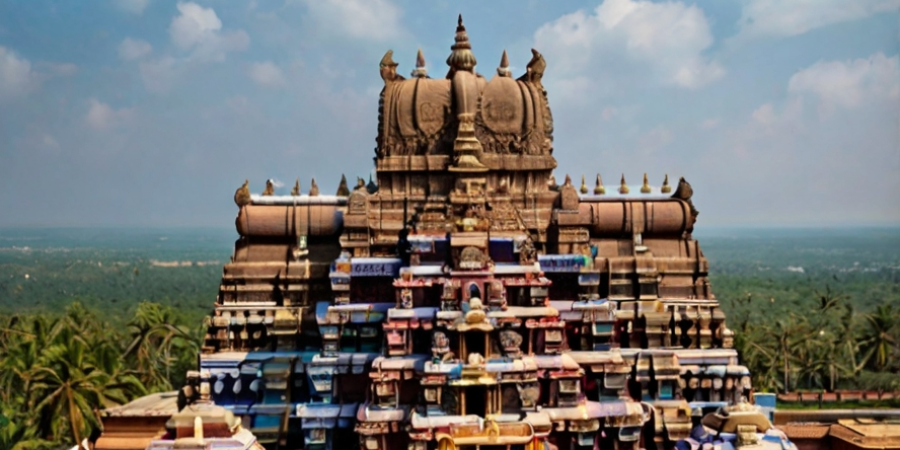

Tamil Nadu, located in the southern part of India, has a rich and varied history that spans several millennia. This region is known for its unique culture, language, architecture, and contributions to literature, art, and politics. Here’s an in-depth look at the history of Tamil Nadu.
Tamil Nadu's history dates back to the prehistoric era, with evidence of human habitation in the region as early as the Paleolithic age. The Tamil people are considered one of the oldest ethnic groups in the world, with their roots tracing back to the Dravidian civilizations.
The Sangam period (circa 300 BCE to 300 CE) is a significant era in Tamil history, known for its flourishing literature, art, and culture. The Sangam literature, composed by poets and scholars, provides a detailed account of the socio-political and cultural life of the time. This period saw the rise of the three major Tamil kingdoms: the Chera, Chola, and Pandya dynasties, which played a pivotal role in shaping the region's history.
The medieval period of Tamil Nadu was marked by the dominance of the Chola dynasty, which emerged as a powerful empire in South India around the 9th century CE. Under the rule of illustrious kings like Rajaraja Chola I and his son Rajendra Chola I, the Chola Empire expanded its territories to include parts of present-day Sri Lanka, the Maldives, and Southeast Asia. The Cholas were known for their remarkable contributions to art and architecture, exemplified by the construction of grand temples like the Brihadeeswarar Temple in Thanjavur.
During the same period, the Pallava dynasty also played a significant role in the region's history. The Pallavas, with their capital at Kanchipuram, were patrons of architecture and sculpture, as seen in the rock-cut temples of Mahabalipuram.
In the 14th century, the decline of the Chola dynasty gave rise to the Vijayanagara Empire, which included parts of Tamil Nadu. The empire, with its capital at Hampi, brought stability and economic prosperity to the region. The Nayak governors, appointed by the Vijayanagara rulers, eventually established independent kingdoms in Madurai, Thanjavur, and other parts of Tamil Nadu. They continued the tradition of patronizing art, architecture, and literature.
The advent of European colonial powers in the 17th century significantly impacted Tamil Nadu's history. The Portuguese, Dutch, and French established trading posts along the coast, but it was the British who eventually gained control. The British East India Company established its presence in Madras (now Chennai) in 1639, making it an important administrative and commercial center.
The colonial period saw the rise of several prominent leaders from Tamil Nadu who played crucial roles in India's struggle for independence. Figures like Subramania Bharati, V.O. Chidambaram Pillai, and C. Rajagopalachari emerged as key personalities in the freedom movement.
After India gained independence in 1947, Tamil Nadu became a constituent state of the Indian Union. The state has since developed into one of the most prosperous and industrialized regions in India. Tamil Nadu's political landscape has been dominated by Dravidian parties, particularly the DMK (Dravida Munnetra Kazhagam) and AIADMK (All India Anna Dravida Munnetra Kazhagam), which have played significant roles in shaping the state's policies and development.
Tamil Nadu is renowned for its rich cultural heritage, including classical dance forms like Bharatanatyam, classical music (Carnatic music), and a vibrant tradition of temple architecture. The state is also known for its festivals, particularly Pongal, which celebrates the harvest season.
In conclusion, Tamil Nadu's history is a tapestry of rich cultural, political, and social developments. From ancient kingdoms to medieval empires and colonial rule, the region has evolved while preserving its unique identity and contributing significantly to the broader Indian subcontinent's heritage.
4o
